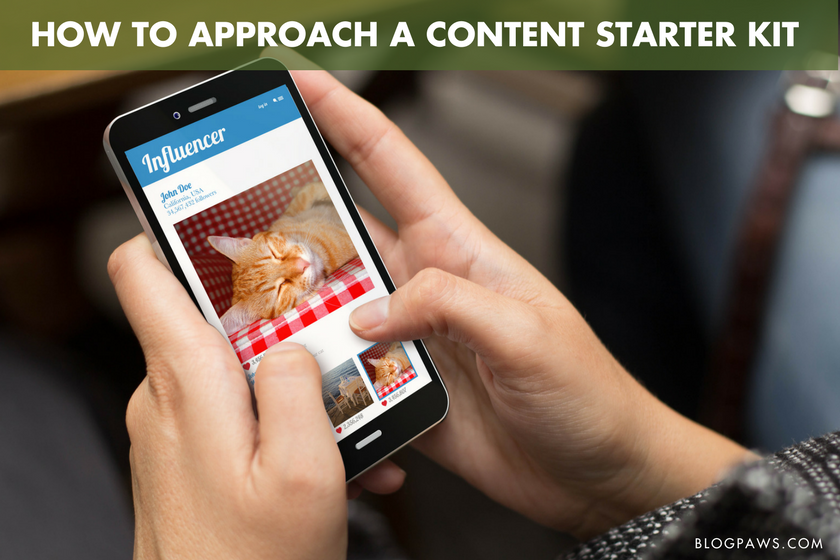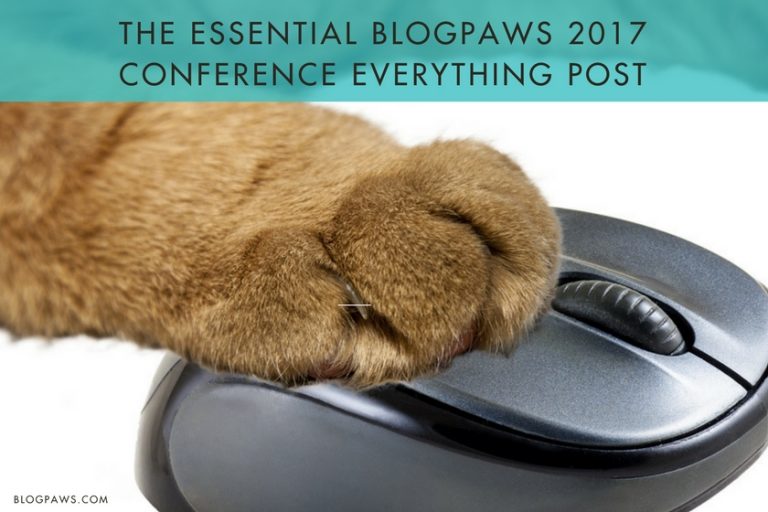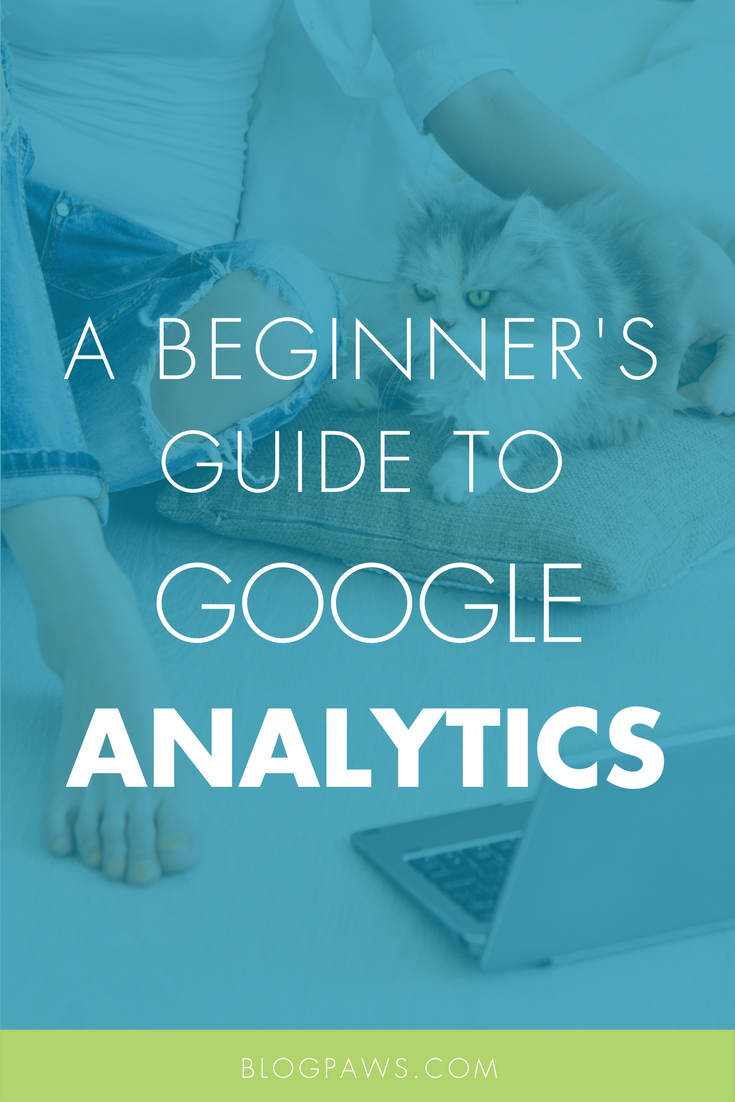How to Approach a Content Starter Kit Creatively
When working with brands on sponsored posts, bloggers and social media influencers are often given specific goals, guidelines, key messaging points and SEO terms to consider when creating content. Sometimes, these are formal documents, such as a content starter kit, while other times the information is shared much more informally.
No matter how the information is shared with you, it is important to incorporate it while still creating authentic content that will resonate with your readers and followers and meet the campaign goals.
A successful sponsored post will include all the required elements as defined by the sponsor, such as calls to action, SEO terms, photography guidelines, campaign hashtags and key messaging points, while still telling your authentic story. Remember, it’s all about storytelling, not story selling!
The trick is merge these different goals authentically and seamlessly. Today, we are sharing some tips on how to write a compelling sponsored post that knocks the socks of the sponsor while also engaging your readers/followers.
In the Beginning
An important way to set yourself up for success when participating in a sponsored post begins before you apply for a campaign. Before applying, read through the campaign overview and goals and then spend some time learning about the brand or the product or service.
Why do you want to participate? What story will you tell? Does the product fill a gap or need in your or your pet’s life? How will it benefit your pet’s life or health? Will the information be useful and meaningful your readers and followers?
Once you know the answers to these questions, think about ways you can authentically weave the brand’s goals and objectives into your unique story. If you determine that yes, you can tell your story and support the brand’s campaign goals at the same time, then you should definitely apply!
The Next Step
So, you’ve applied for and been chosen to participate in a sponsored campaign and have been given a content starter kit or other details you will need for your post. What now, you ask? Celebrate for a minute (no, seriously, celebrate!) and then put on your thinking cap!
After basking in your good news for a few minutes, a good next step is to make sure you are clear on the campaign goals. Some brands are looking to increase awareness, while others are looking to drive traffic to a website or landing page, while still others are looking for entries for a giveaway, to drive traffic to a store or to increase sales.
You should also take a few minutes to review the SEO terms the brand is hoping to rank for. These terms will give you more information about what the brand hopes your content will discuss and who the brand is hoping to reach. Once you are clear on the key messaging and the SEO terms, you can then begin to write your story.
Key Messaging Points
Frequently, brands will provide several key messaging points and/or thought starters. These contain important information that the brand wants to communicate or angles that you may want to consider when writing your post and creating your social shares.
Thinking back to the story you are telling, choose a few key messaging points that authentically align with your post. Pick one or two, maybe three, and creatively work these into your post. You do not need to include all of these messaging points and you should definitely use your own words.
Nothing kills originality or makes a post read like an advertorial than copying and pasting directly from the key messaging points the brand has given you. It’s okay to use your own words–it really is!
ACK! Now I Have to Choose SEO Terms?
After you’ve written your post, choose the SEO terms that are most relevant to your story, your blog focus and your readers. If your sponsored post is primarily about cat nutrition, using “dog food” as a SEO term is, well, um, probably not going to deliver the results you (or the brand) wants.
Understanding and properly utilizing SEO can produce amazing results. Look here for information about SEO or, if you are attending the BlogPaws 217 Conference, check out the two sessions on SEO by Jill Caren to get started!
Your Title Says it All
Your blog post title is the first thing your readers will see when visiting your blog, so you want to make sure that it grabs their attention and keeps their focus amidst all the internet noise. Your title should also be clear, direct and honest in describing the content. A good title will keep your readers’ attention, but a bad one will make them click away fast!
Unless instructed by the sponsor or network that you are working with, your blog post title should definitely avoid the following spammy, get-me-outta-here NOW items:
- The campaign or any other hashtag
- Either #ad or #sponsored
- Tagging the brand
- Misleading statements that have nothing to do with the content
Each of these items stops your reader in his or her tracks before they can read your compelling story. Encourage them to hear you out by writing a good title that avoids hashtags or brand tags that just scream, “This is an ad.”
Logos and Photos
Frequently, the brand will ask that you share the brand or product logo. By sharing a logo with your readers, you are helping the sponsor increase brand awareness. Including logos in your post or social shares also helps your readers to know what to look for in the store.
To increase authentic placement of brand or product logos, don’t just plop the brand logo into your blog post or social share. Rather, include an attractive, staged photo of the product packaging. Better yet, a photo or video of your pet interacting with the product communicates a deeper yet subtle message: your pet is interested in the item.
Some Final Thoughts
To be sure, there is no single “right” way to create a sponsored post and social shares, but there are lots of “wrong” ways. Hopefully, the tips above will help guide in the right direction. The more effective you are at seamlessly blending your unique story with the expectations of the brand, the more successful and effective your post will be. You may just knock the socks off the sponsor or brand, which goes a long way to developing a relationship so that they come back to you for more!
In addition to his role as the BlogPaws Campaign Manager, Bernard Lima-Chavez is a deaf dog pet parent, blogger and freelance writer. He shares his life with with deaf dogs, two hearing dogs and a whole bunch of cats.
Images: Georgejmclittle/Shutterstock.com and FXQuadro/Shutterstock.com






